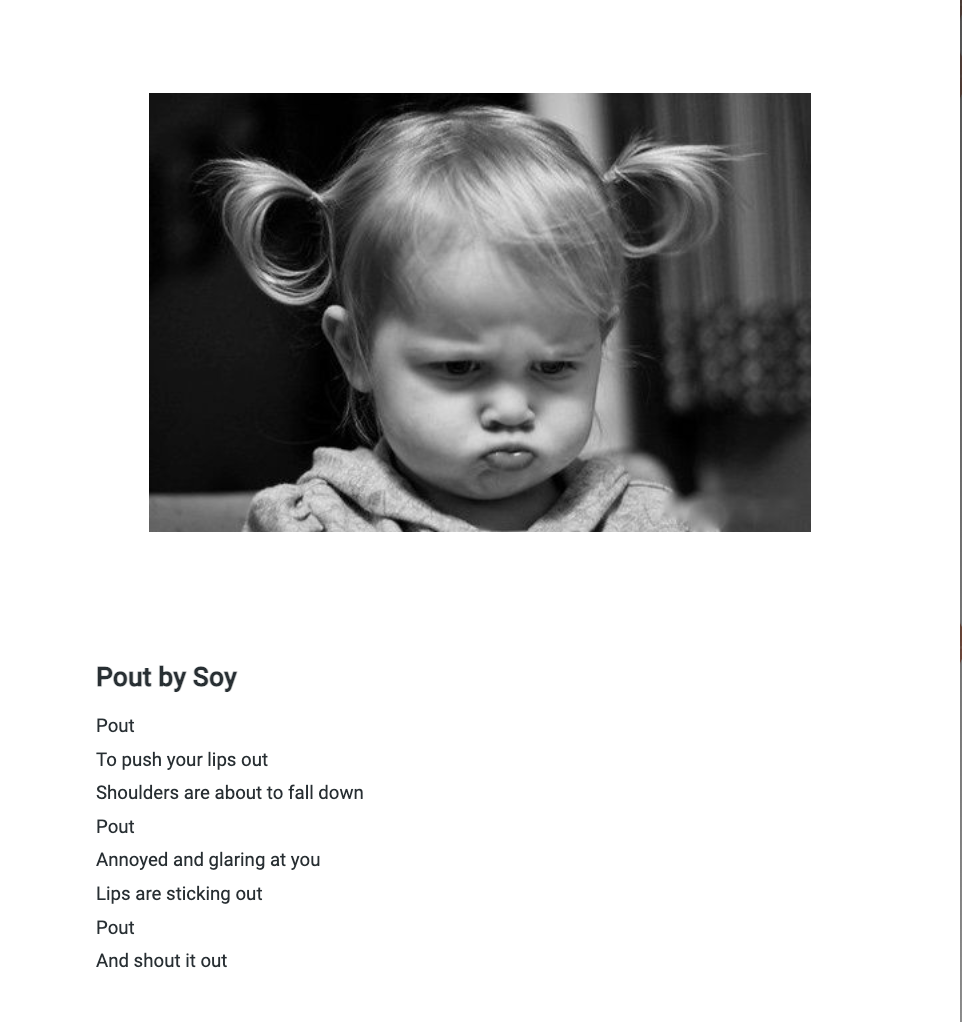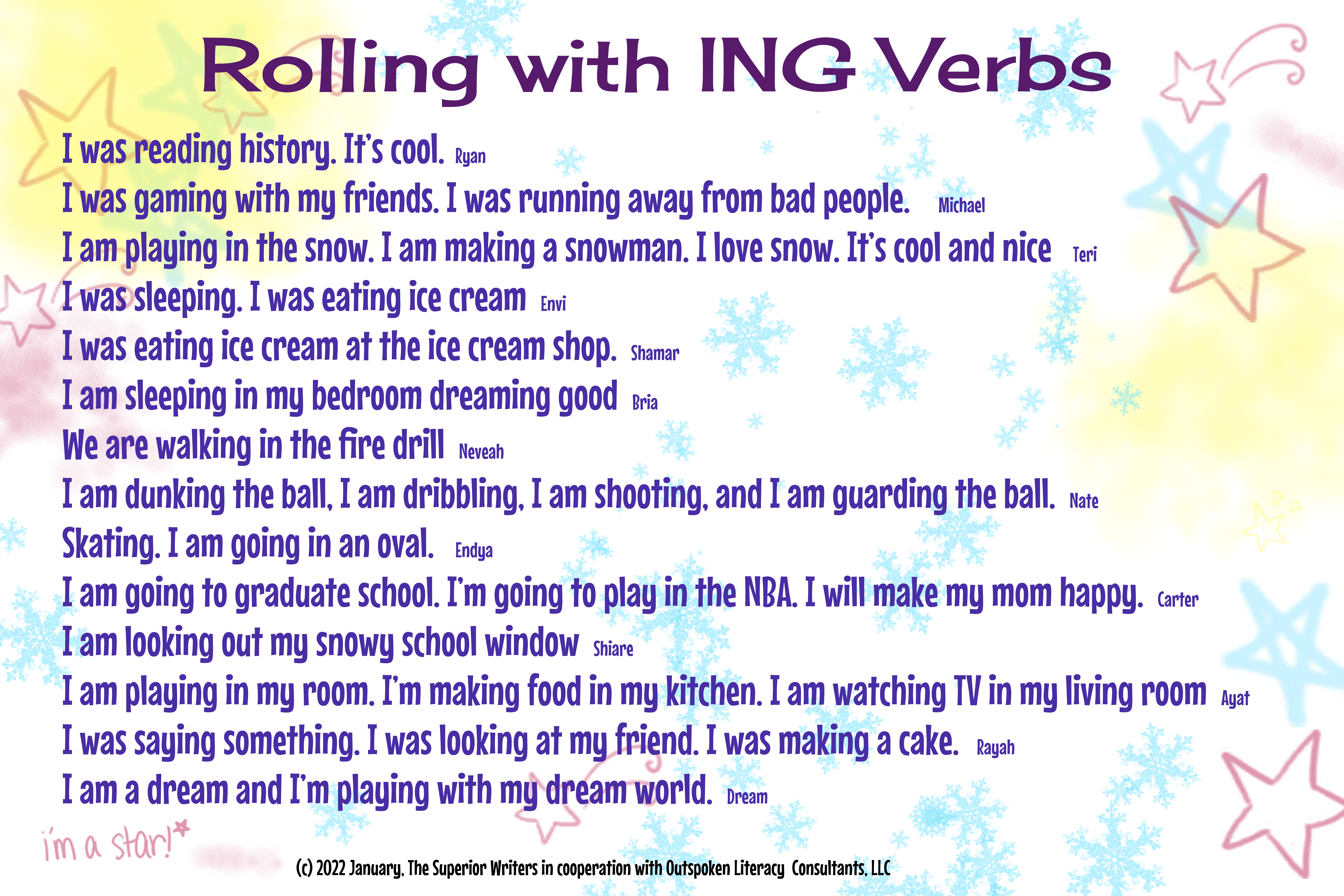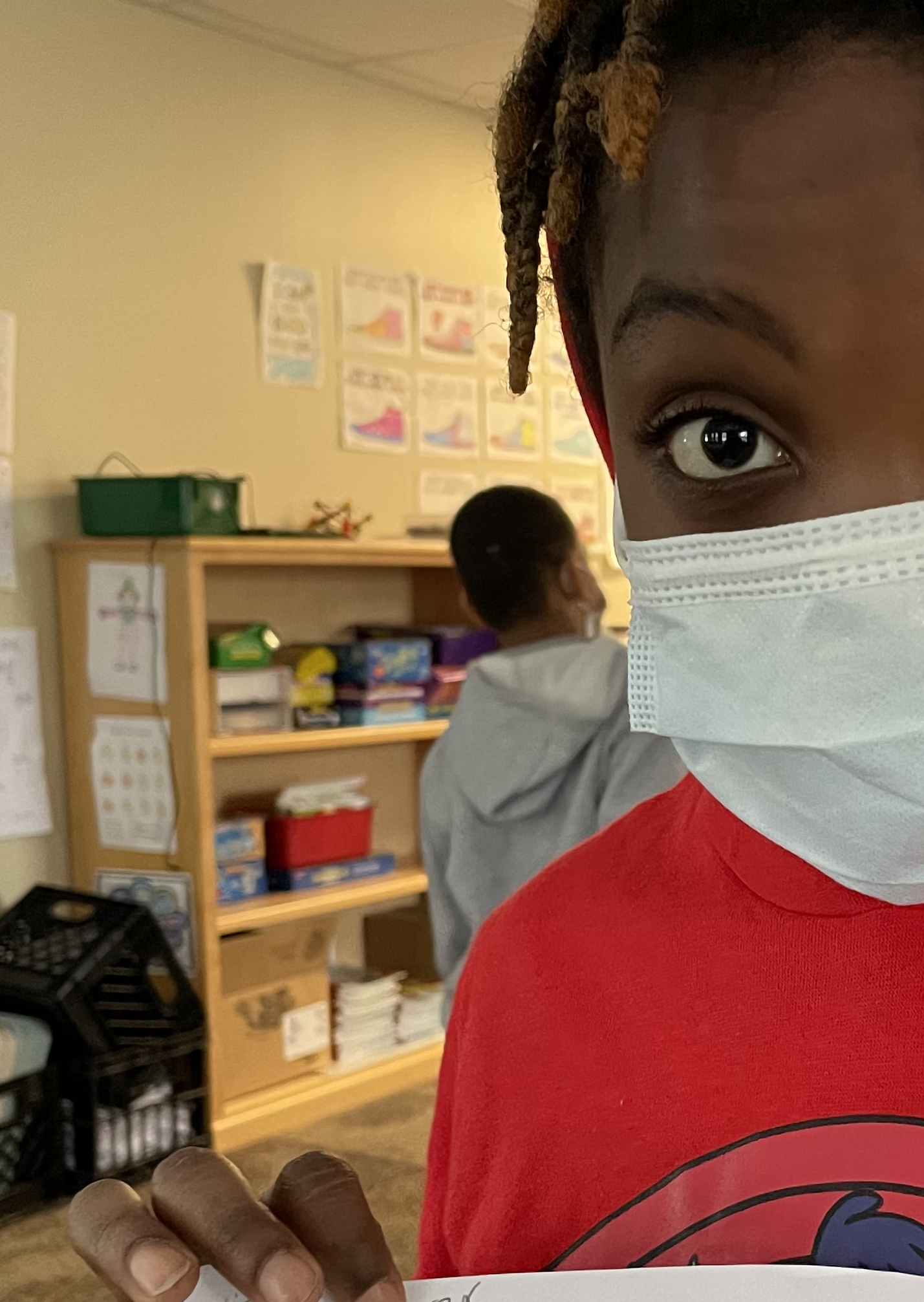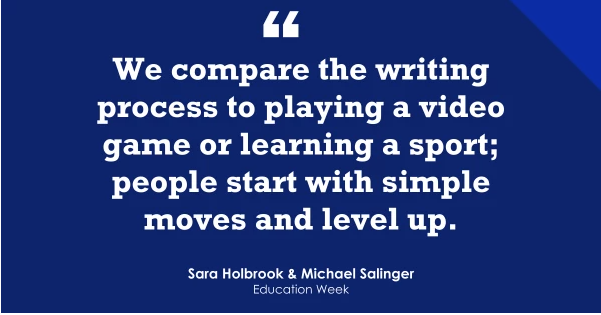“For language learners to be successful in schools, we have to do more than just scaffold instruction, reinforce students’ awareness of academic language and acknowledge and support their home language development. We also need to create instructional contexts where students’ identities are affirmed, and they develop the sense that they are capable of strong academic achievement.” (Hurnh)
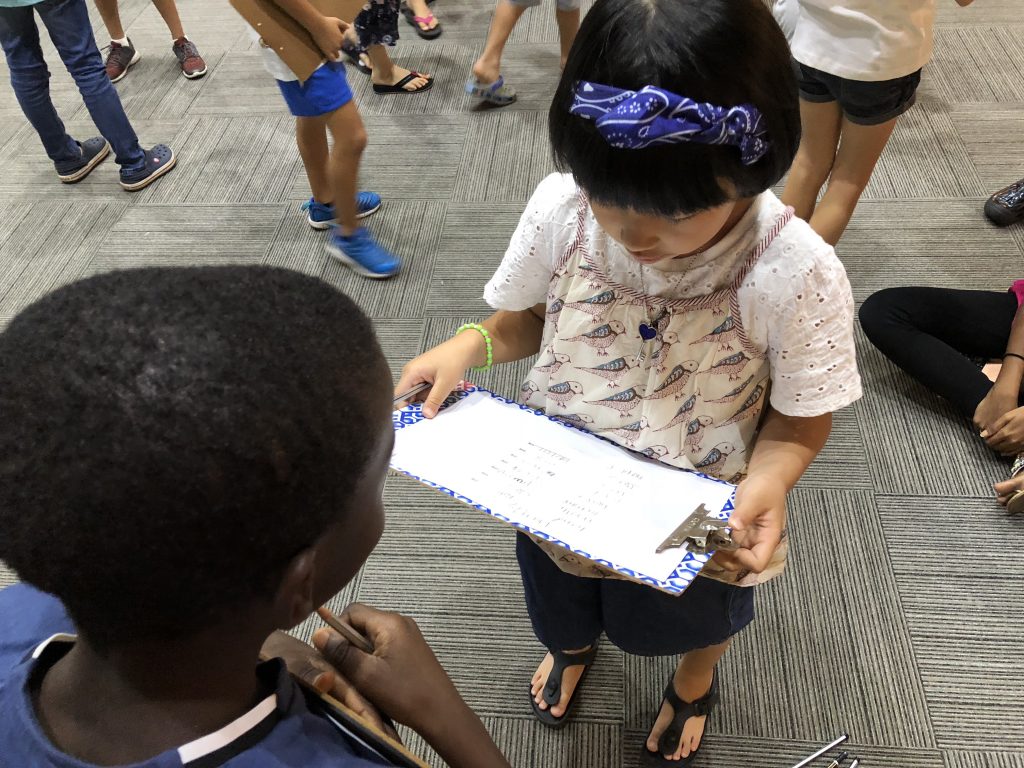
In other words, in order to lay out the welcome mat for bilinguals and students whose home language may not match their school language, we need to give every student a chance to succeed, building confidence and affording every child with opportunities to celebrate each incremental victory. RWS works with the teacher to build language awareness in seven different ways:
- Establish a culture of cooperation in language learning: “We are all in this together,” has become a popular phrase during these days of covid 19, and surely, that’s true. But, when we put this pandemic in the rearview mirror (soon, please), we want this spirit of exploration and mutual support to continue in our language and literacy lessons. We always introduce ourselves to students as “practicing writers.” We want young writers to know that we, native English speakers, are still learning and practicing our craft, we are on the same journey. We also always include an opportunity to co-construct in every lesson prior to students writing on their own, inviting students to clarify their thoughts with a partner. In a digital environment, students can support one another as they discuss and identify word choice in English. As a dance instructor will invite students to follow movements, we work together to take the mystery out of deconstruction, cooperate and join with students in converting ideas into text. In this way, students are also able to use the co-constructed text as mentor text. This gives kids confidence. “I can do that, I just did it with my teacher!”
- Keep mentor text short, sharp and focused: Whether it is a poem or a piece of fiction or nonfiction text, keep it brief and tailored to a single language lesson. Always keep in mind: What is my goal for this lesson? Is it teaching the use of action verbs? Comparative adjectives. Rising/falling action? Choose one. Using a piece of mentor text that uses all three of these literary devices can cause cognitive overload. The mentor text should be developmentally appropriate (no baby text for 12-year-olds), but doesn’t need to be of complex construction. This is why we like to teach writing by essential element rather than just by genre. Asking fourth graders to use a novel as mentor text with the purpose of asking them to write historical fiction when they haven’t yet mastered subject/verb agreement is not only silly, it’s frustrating for all parties, teacher, student and often, parent (if the assignment turns out to be homework). Which leads us to our next tip…
- Write in class: Kids want to do well. Whoever came up with the idea to show students a mentor text in class and send the writing assignment home with a rubric should be sent to sit in the corner and think about their actions. While this is never good pedagogy, it can lead to disastrous outcomes in situations where students’ home and school languages are different. In the older grades, it can also lead to plagiarism (see above, kids want to do well). We follow a consistent writing process: Introduce mentor text, discuss, affording opportunities for students to collaborate in whatever language they choose, write with the students co-constucting a second mentor text in English, and finally pair students to write so that they can evidence their understanding. We stick to this mantra: Reading and writing in school, reading at home.
- Offer opportunities for students to confer in their home language: Students whose home language is different from their school language have all the same creative, insightful and exciting ideas as those kids who arrive speaking the same language as their teachers. When students turn and talk or go into a small group break out room online to discuss a poem or targeted vocabulary words in their home language, they deepen their understanding of new words, linking those newly acquired words to both new and familiar concepts. Students will collaborate to find the best way to communicate an idea. Additionally, paired writing allows students to discuss ideas, draw on background knowledge, and work with a partner to find just the right words in their new language.
- Integrate reading, writing, and speaking to improve overall communication skills: RWS aims to help students raise their social and linguistic capital. Whether students are headed to advanced schooling, technical or trade school, or straight into the workforce after school, we want to launch them into the future fully equipped to understand their world and make themselves understood. Every lesson in RWS aims toward this same goal, offering logical scaffolding and sheltered instruction encouraging students every step along the way.
- Include a take-home Family Share Sheet: We know that student achievement is improved through family involvement. This is why we created a take-home sheet, an essential component of each lesson. Students are asked to read a poem aloud to someone outside of school (parent, grandparent, sibling, neighbor). A discussion starter question is included as well as one tip for public speaking. Discussion questions are available in Spanish and teachers are encouraged to thoroughly explain the words and content of the discussion question and speaking tip before the sheets are sent home.
- Empower students through low stress/high impact writing and speaking. In RWS, failure is not an option – literally. Through paired writing and peer discussion, we engage students in conversation, pairing them to write to evidence their understanding of essential literary elements. Teachers will use this writing to inform future instruction, but it is not pass/fail situation. Instead, we work together with students to build communication capabilities, empowering them by giving them the tools and the confidence to speak for themselves, face-to-face, in writing, or in a zoom conference. We want to bring all students into the conversation.
References:
Dispelling Myths about English Learners and Low-Status Students Tan Huynh (9/1/20) • MiddleWeb.com Source: https://www.middleweb.com/43651/
Cummins, J. (2014, November 14). Reversing Underachievement among ImmigrationBackground Students: what does the research say? Politeknik. http://politeknik.de/reversingunderachievement-among-immigrant-background-students-what-does-the-research-say-jimcummins-the-university-of-toronto-2/

